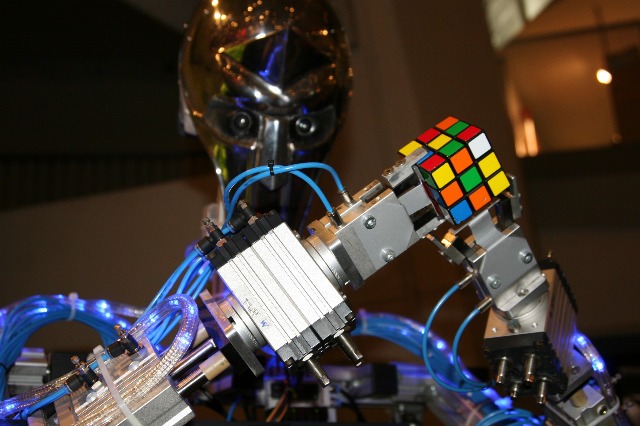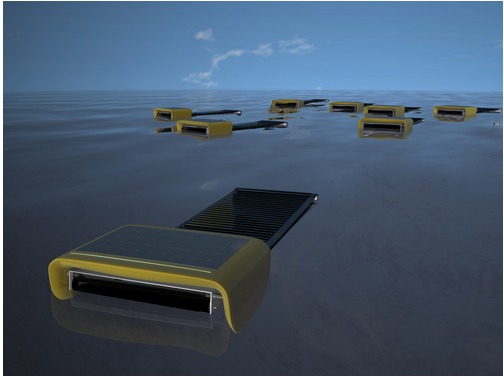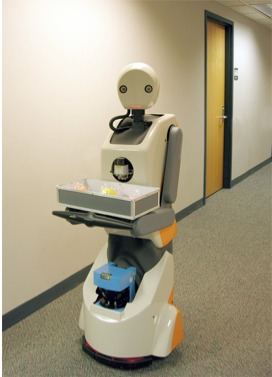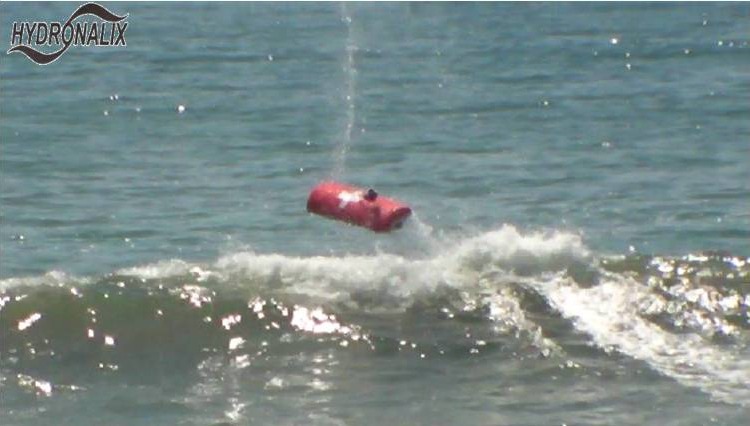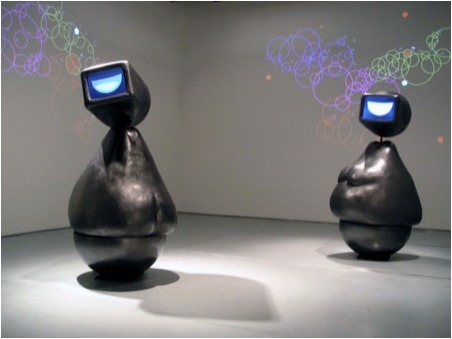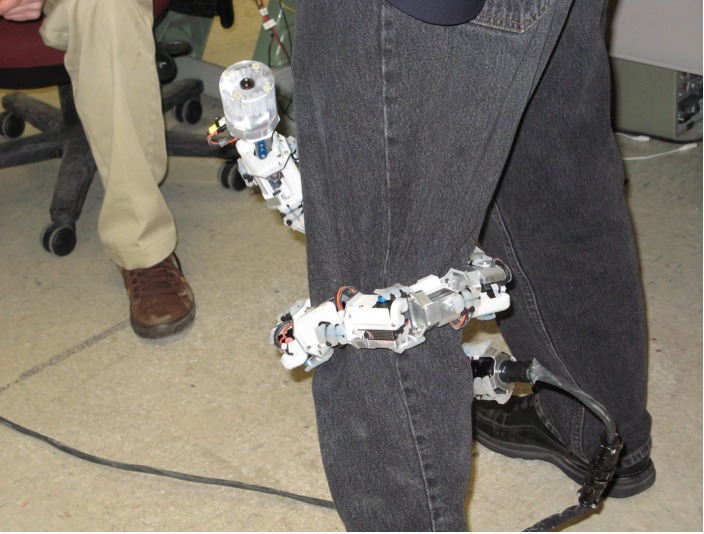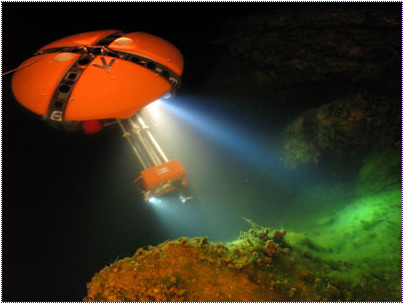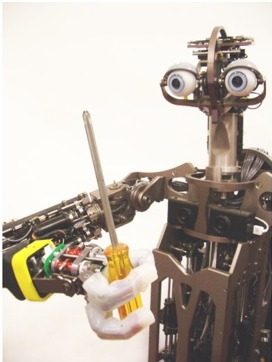Google acquired Boston Dynamics, an engineering and robotics-design company, in a deal that significantly enhances the search giant’s robotics expertise.
The Friday acquisition brings a new dynamic to Google’s robotics efforts, led by Andy Rubin, which includes the company’s much-discussed self-driving cars, according to The New York Times.
Financial terms of the deal were not disclosed, but the newspaper reported that Boston Dynamics will honor its existing contracts with the Defense Advanced Research Projects Agency, or DARPA, the U.S. military arm that funded portions of the company’s research.
See also: 14 Robotics Breakthroughs From the Past Decade
Among the standouts in Boston Dynamics’ collection of robots, the most well-known are BigDog, a four-legged robot that can travel over various types of terrain and PETMAN, a humanoid robot that tests military clothing and equipment. Both robots move with an unnerving amount of natural motion that many would expect to see in a special effects-laden film.
Boston Dynamics recently debuted the WildCat, a four-legged robot specifically designed for speedrunning. Developed with funding from DARPA’s M3 robotics-engineering program, it can gallop at around 16 miles per hour. While that may not seem very fast, it’s apparent in the top video that the company’s goal wasn’t just speedrunning, but rapid movement that mimics the motions of living animals, such as horses and antelopes
Rubin, the former head of Google’s Android division, hasn’t revealed many specifics about his plans for its robotics division, but the addition of Boston Dynamics offers some clues.
Commentators saw Google’s self-driving cars as the company playing to its strength: intelligent software systems that can be embedded in existing hardware and vehicles. However, by bringing the hardware skills of Boston Dynamics into the fray, it appears that Google is moving beyond robotic car control systems, and into custom robots designed to handle any number of physical tasks.
After robotics software and now hardware, the third piece of Google’s puzzle seems to be the artificial-intelligence work of Ray Kurzweil, a recent company hire. Kurzweil is known for talking up the notion of a technological singularity, a point in human history during which artificial-intelligence systems will suddenly surpass human abilities. According to Kurzweil, the singularity will take place around 2045.
When Amazon unveiled its flying delivery drones earlier this month, Kurzweil’s response was far less skeptical than many others in the tech industry. “We now have the opportunity to create communities based on common interests and passions rather than the accident of geographic proximity. Drones will provide the opportunity to share physical things with those we care about,†he wrote on his personal blog.
Google and Boston Dynamics did not immediately respond to a request for comment.
BONUS: 10 Amazing Real-Life Robots
Have something to add to this story? Share it in the comments.
Image: Boston Dynamics
Article source: http://mashable.com/2013/12/14/google-acquires-boston-dynamics/

